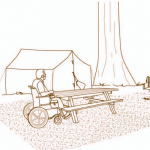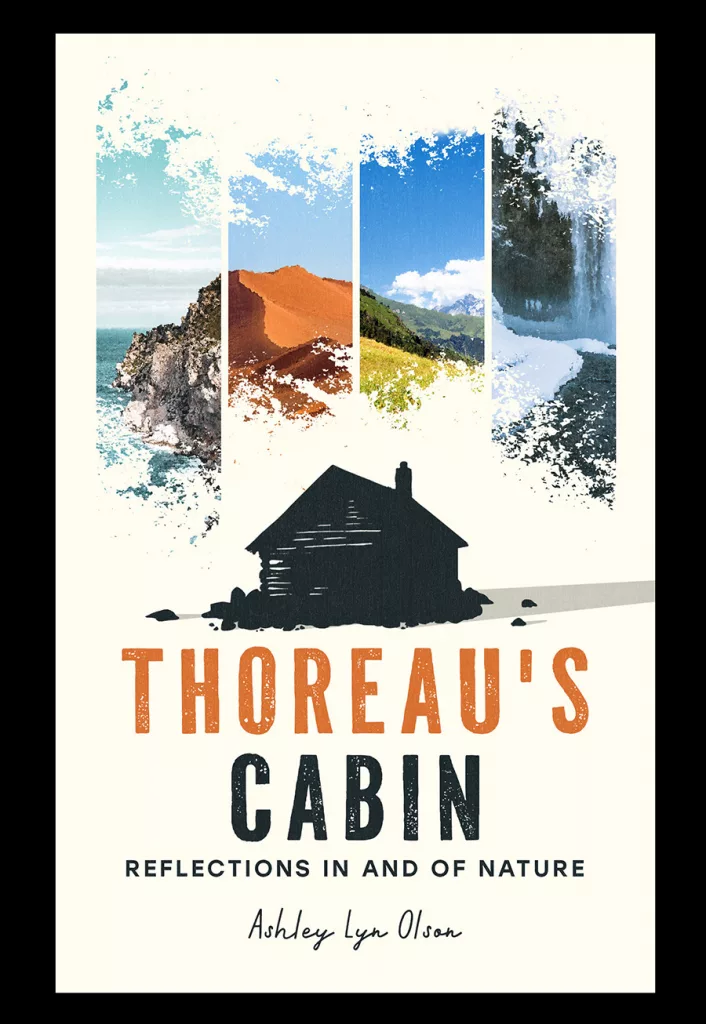Running Slope [1017.7.1]
Running slope, also referred to as grade, is the lengthwise slope of a trail, parallel to the direction of travel. Trails or trail segments of any length may be constructed with running slopes up to 1:20 (5 percent). To accommodate steep terrain, trails may be designed with shorter segments that have a running slope and length, as shown in table 2, with resting intervals at the top and bottom of each segment.
To ensure that a trail is not designed as a series of steep segments, no more than 30 percent of the total length of the trail may have a running slope exceeding 1:12 (8.33 percent). The running slope must never exceed 1:8 (12 percent). Resting intervals must be provided more frequently as the running slope increases (figure 8).
Cross Slope [1017.7.2]
Cross slope is the side-to-side slope of a trail tread. Some cross slope is necessary to provide drainage and to keep water from ponding and damaging the trail surface, especially on unpaved or natural surfaces.
When the trail surface is constructed of concrete, asphalt, or boards, the cross slope must be no steeper than 1:48 (2 percent). When the trail surface is constructed of materials other than asphalt, concrete, or boards, cross slopes no steeper than 1:20 (5 percent) are allowed when necessary for drainage.
Resting Intervals [1017.8]
Resting intervals are level areas that provide an opportunity for people to stop after a steep segment and recover before continuing on. Resting intervals are required between trail segments any time the running slope exceeds 1:20 (5 percent). Resting intervals may be provided within the trail tread or adjacent to the trail tread. When the resting interval is within the trail tread, it must be at least 60 inches long and at least as wide as the widest segment of the adjacent trail tread.
When the resting interval is adjacent to the trail, it must be at least 60 inches long and 36 inches wide. A turning space that complies with section 304.2.3 of the ABA Standards must be provided. The vertical alignment of the trail tread, turning space, and resting interval must be nominally planar so that all the wheels of a mobility device touch the ground when turning into and out of the resting interval.
When the surface of the resting interval is constructed of concrete, asphalt, or boards, the slope of the resting interval must be no steeper than 1:48 (2 percent) in any direction. When the surface of the resting interval is constructed of materials other than concrete, asphalt, or boards, slopes no steeper than 1:20 (5 percent) are allowed when necessary for drainage.
Protruding Objects [1017.9]
Objects that protrude into the trail clear tread width, passing spaces, and resting intervals can pose hazards to people who are blind or have low vision. Constructed elements on trails, resting intervals, and passing spaces must comply with the technical requirements for protruding objects in section 307 of the ABA Standards. Signs and other post-mounted objects are examples of constructed elements that, if located incorrectly, can be protruding objects.
Last updated on November 28, 2023









